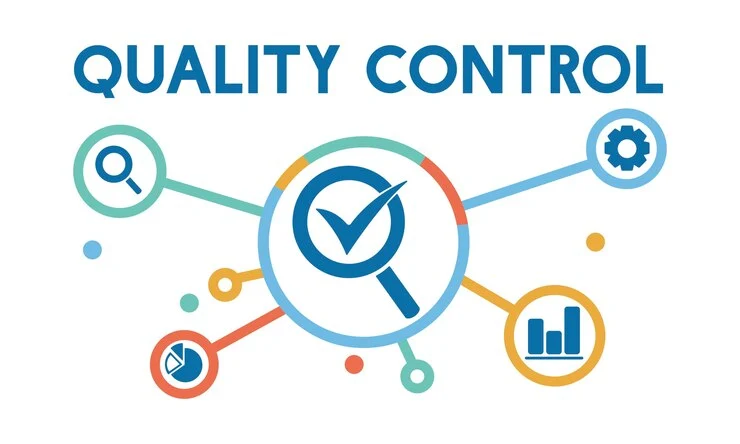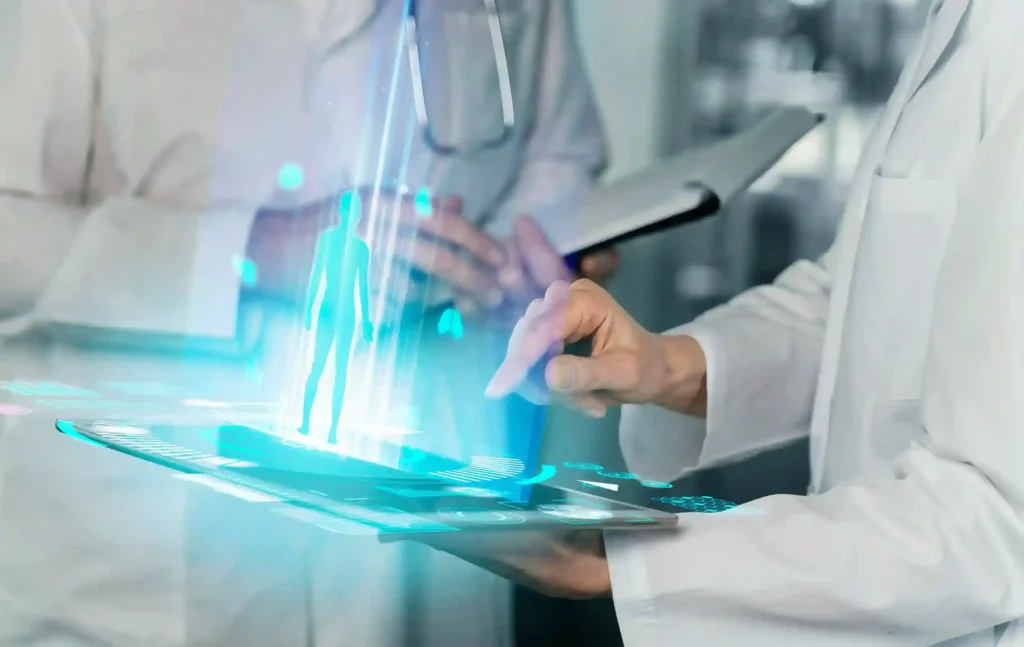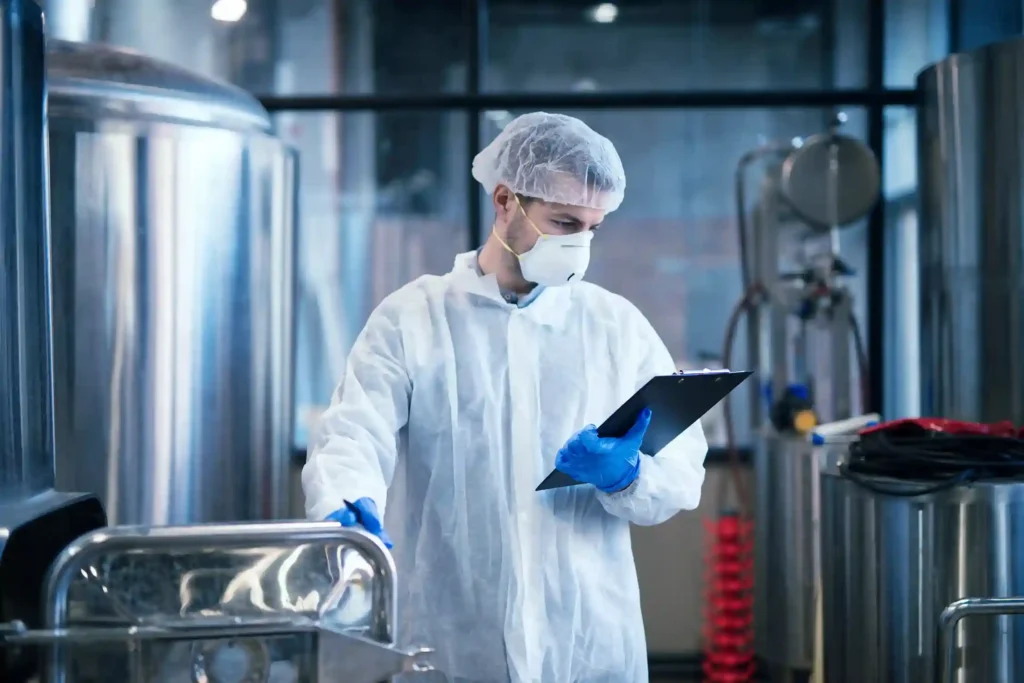Introduction
In the pharmaceutical industry, quality assurance is crucial for ensuring product safety and efficacy. Traditional inspection methods, often reliant on human observation, can be error-prone. Machine vision inspection technology offers a precise, automated alternative, enhancing reliability and consistency. By using advanced cameras and software, it transforms quality control processes, ensuring that only top-quality products reach the market.
The Importance of Quality Assurance in Pharmaceuticals
In the pharmaceutical industry, ensuring the quality of products is paramount. Quality assurance (QA) is not just a step in the production process but a critical element that ensures the safety, efficacy, and regulatory compliance of every product released to the market.
Overview of Machine Vision Inspection Technology
Machine vision inspection technology is transforming how pharmaceutical companies manage quality assurance. By utilizing automated systems equipped with cameras and software, machine vision provides a highly accurate and consistent method of inspecting pharmaceutical products, reducing the reliance on human observation.
What is Machine Vision Inspection?
Definition and Core Components
Machine vision inspection is an automated technology that uses cameras, sensors, and software algorithms to inspect products for defects, measure dimensions, and ensure compliance with quality standards. The core components include high-resolution cameras, powerful software, and specialized lighting systems.
How It Works in a Manufacturing Environment
In a pharmaceutical manufacturing environment, machine vision systems capture images of products as they move along the production line. These images are then analyzed in real-time to detect any defects or inconsistencies, allowing for immediate corrective action.
The Role of Quality Assurance in Pharmaceuticals
Ensuring Product Safety and Efficacy
Quality assurance is vital in pharmaceuticals to ensure that every product is safe for consumer use and effective in treating the intended condition. QA processes involve rigorous testing and inspection to meet these standards.
Regulatory Requirements for Pharmaceutical Quality Control
Pharmaceutical companies must comply with stringent regulatory requirements set by bodies like the FDA and EMA. These regulations ensure that products meet the necessary safety and efficacy standards before reaching the market.
Why Machine Vision Inspection is Essential for Pharmaceuticals
Addressing Human Error in Quality Assurance
Human error is a significant risk in manual quality inspections. Machine vision systems mitigate this risk by providing consistent and reliable inspections that are not influenced by fatigue or distractions.
The Need for Consistency and Precision in Inspections
In pharmaceuticals, consistency and precision are critical. Machine vision systems ensure that every product is inspected with the same level of accuracy, reducing the likelihood of defective products reaching consumers.
Components of a Machine Vision System
Cameras and Imaging Systems
High-resolution cameras are the eyes of a machine vision system, capturing detailed images of products for analysis.
Software Algorithms and Data Processing
The brain of the system, software algorithms process the captured images to detect defects, measure dimensions, and verify compliance with specifications.
Lighting and Environmental Considerations
Proper lighting is essential for accurate image capture. Additionally, controlling environmental factors like vibration and dust is necessary to prevent interference with the inspection process.
How Machine Vision Enhances Quality Assurance
Real-Time Inspection and Defect Detection
Machine vision systems provide real-time inspection capabilities, identifying defects as products move along the production line. This allows for immediate corrective action, reducing the risk of defective products.
Automated Measurements and Quality Checks
These systems can perform precise measurements and automated quality checks, ensuring that every product meets the required specifications without the need for human intervention.
Case Studies: Success Stories in Pharmaceutical Manufacturing
Several pharmaceutical companies have successfully implemented machine vision systems, reporting significant improvements in defect detection rates and overall product quality.
Key Benefits of Machine Vision Inspection in Pharmaceuticals
Improved Accuracy and Consistency
Machine vision eliminates the variability inherent in human inspection, ensuring consistent quality across all products.
Cost Savings and Efficiency Gains
By reducing waste and the need for rework, machine vision systems lead to significant cost savings and increased operational efficiency.
Compliance with Regulatory Standards
Automated inspections help pharmaceutical companies stay compliant with regulatory standards, reducing the risk of fines and recalls.
Challenges in Implementing Machine Vision Systems
Technical Challenges: Integration with Existing Systems
Integrating machine vision systems with existing production processes can be technically challenging and requires careful planning.
Cost Considerations and ROI Analysis
While the initial investment in machine vision technology can be high, it’s essential to conduct a thorough ROI analysis to understand the long-term benefits.
Workforce Training and Adaptation
Introducing machine vision systems requires training for the workforce to ensure they can operate and maintain the new technology effectively.
Overcoming Common Challenges
Solutions to Technical and Integration Issues
Working with experienced vendors and integrators can help overcome technical challenges and ensure a smooth implementation.
Strategies for Cost-Effective Implementation
Phased rollouts and careful planning can help manage costs and ensure a successful implementation of machine vision systems.
Training Programs for Staff Adaptation
Comprehensive training programs are essential to help staff adapt to the new technology and ensure they are comfortable with the system.
Future Trends in Machine Vision for Pharmaceuticals
Advances in AI and Machine Learning
The integration of AI and machine learning is making machine vision systems smarter and more capable, allowing for more complex inspections.
Integration with IoT and Industry 4.0
Machine vision systems are increasingly being integrated with IoT devices and Industry 4.0 technologies, enabling smarter and more connected manufacturing processes.
Predictive Maintenance and Smart Manufacturing
Machine vision systems can also be used for predictive maintenance, identifying potential issues before they lead to downtime and improving overall manufacturing efficiency.
Regulatory Considerations for Machine Vision in Pharma
FDA and EMA Guidelines
When implementing machine vision systems, it’s crucial to adhere to FDA and EMA guidelines to ensure compliance with regulatory standards.
Ensuring Compliance with Global Standards
Pharmaceutical companies must ensure that their machine vision systems comply with the regulatory standards of all regions where their products will be sold.
Best Practices for Implementing Machine Vision Inspection
Planning and Designing the Inspection Process
Thorough planning and design are crucial to ensure that the machine vision system meets the specific needs of the pharmaceutical company.
Choosing the Right Technology and Vendors
Selecting the right technology and working with reputable vendors is essential for a successful machine vision system implementation.
Continuous Improvement and System Upgrades
Regularly updating and improving the machine vision system is essential to ensure it continues to deliver optimal performance and adapt to evolving industry standards.
The ROI of Machine Vision Inspection in Pharma
Calculating the Financial Benefits
The financial benefits of machine vision inspection include reduced waste, improved efficiency, and prevention of costly recalls, leading to a strong return on investment.
Long-Term Impact on Quality and Compliance
Over time, the improved quality and regulatory compliance provided by machine vision systems can significantly outweigh the initial investment costs.
Conclusion
Machine vision inspection is revolutionizing quality assurance in the pharmaceutical industry. By providing consistent, accurate, and efficient inspections, it helps companies meet regulatory requirements, reduce costs, and improve product quality. As technology continues to advance, the role of machine vision in pharmaceuticals will only grow, making it an essential tool for ensuring the safety and efficacy of medicines. For further inquiries or a demo, you can Contact Trident Information Systems. Stay ahead of the innovation curve! Follow our LinkedIn page for the latest insights and updates on how Machine vision inspection are revolutionizing The industry.
FAQs
1 How does machine vision inspection differ from traditional methods?
Machine vision inspection uses automated cameras and software to inspect products, while traditional methods rely on human observation. This automation leads to greater accuracy and consistency.
2 What are the initial steps in implementing a machine vision system?
The first steps include assessing your inspection needs, choosing the right technology, and working with experienced vendors to design and integrate the system.
3 How does machine vision contribute to regulatory compliance?
Machine vision systems help ensure that every product meets the required standards, making it easier to comply with regulatory guidelines and avoid penalties.
4 Can machine vision systems be customized for different pharmaceutical products?
Yes, machine vision systems can be tailored to inspect various types of products, from tablets to injectable vials, ensuring that they meet specific quality standards.
5 What are the future trends in machine vision technology for pharma?
Future trends include the integration of AI and machine learning, increased use of IoT and Industry 4.0 technologies, and the development of predictive maintenance capabilities.



